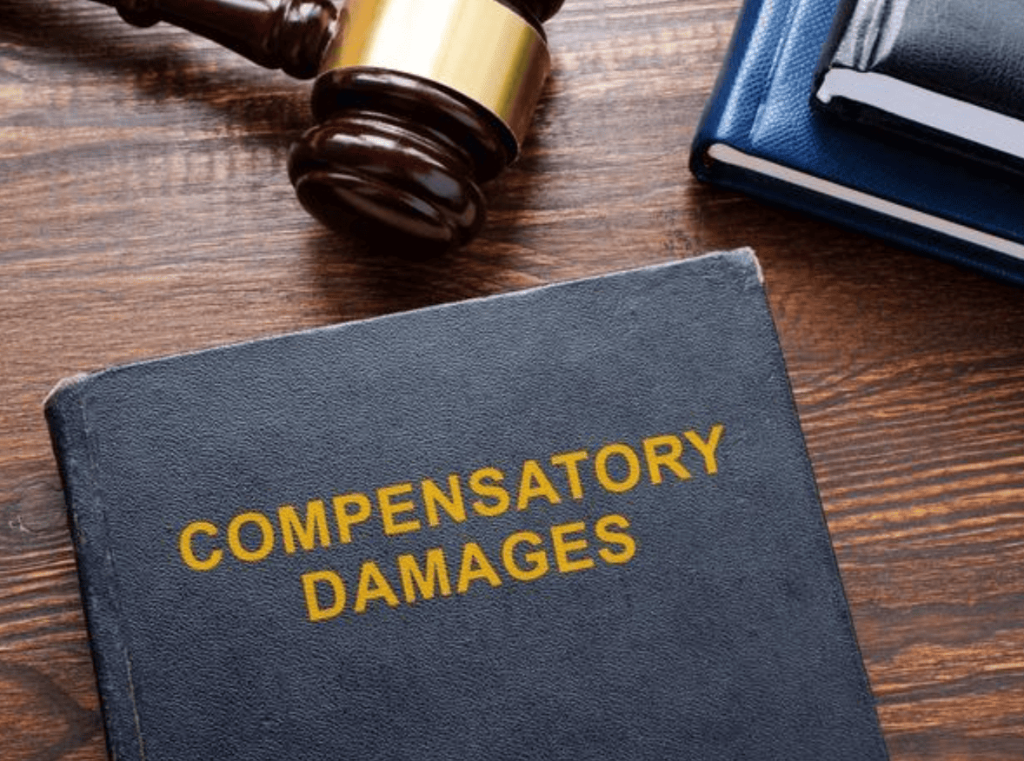Ever wondered why two people injured in similar accidents can walk away with drastically different settlement amounts? It’s not just about luck or even the type of injury. Personal injury law is complex, and compensation is based on factors that extend beyond medical expenses. The law acknowledges that recovery is a multifaceted process.
So, how do you determine the value of your experience? Understanding how much to ask for in a personal injury settlement starts with recognizing the different types of damages that can be legally claimed. In this blog, we’ll break down those categories to provide clarity on what truly matters.
1. Economic Damages

The most straightforward are economic damages, which are directly connected to quantifiable financial losses. Insurance firms and courts rely on documented evidence, such as bills, pay stubs, and receipts, to evaluate such claims.
Common types include:
- Medical expenses: This includes emergency room visits, hospital stays, surgeries, physical therapy, medication, and ongoing treatment costs.
- Lost wages: If your injury kept you from working, you can recover income you would’ve earned during that time.
- Loss of earning capacity: If your injuries prevent you from returning to the same job or working in the same capacity, you may be entitled to compensation for future lost income.
- Out-of-pocket costs: These can include travel to medical appointments, mobility aids, or home modifications required because of your injury.
To put this into perspective, the NSC reports that total work injury costs in the U.S. reached $176.5 billion in 2023, with $53 billion attributed to lost wages and $36.8 billion in direct medical expenses. Those numbers reflect millions of individual stories like yours, and that’s why capturing every expense matters.
2. Non‑Economic Damages
When your pain isn’t in the wallet but in the heart and head, that’s when non‑economic damages come into play. These are the invisible scars: emotional, psychological, and deeply personal. Although you can’t present a receipt for a sleepless night or a lost smile, the law recognizes these losses just as much as tangible costs.
Common losses in this category include:
- Pain and suffering: The day-to-day physical and emotional fatigue.
- Emotional distress: Anxiety, depression, insomnia, or PTSD.
- Loss of enjoyment of life: Losing hobbies, travel, or time with loved ones.
- Loss of consortium: Impact on relationships, intimacy, and companionship.
A study by the National Library of Medicine showed that individuals recovering from trauma-related injuries had a higher risk of developing long-term mental health conditions compared to the general population. That’s hard evidence that non‑economic damages matter.
3. Punitive Damages
Punitive damages are the law’s way of saying, “Enough is enough.” They’re not compensatory; they’re punitive, applying when behavior is so reckless or callous that simple reimbursement feels inadequate. They exist to put those responsible on notice: gross misconduct won’t be tolerated.
Key points include:
- Why they exist: To punish and discourage harmful behavior beyond negligence.
- When applied: When there’s evidence of intent, fraud, or gross indifference.
- Case types: Common in DUI accidents, corporate malfeasance, or egregious medical errors.
- Impact on claims: Can dramatically increase final verdicts or settlements.
4. Special Factors
Even with all damages added up, the final compensation often depends on things you might not expect. From state laws to how much insurance the other party carries, these outside factors can shape your outcome in significant ways. They don’t always feel fair, but they do play a role.
- Comparative negligence: Your payout may be reduced if you’re found partially responsible for the incident.
- Insurance limits: Even if your case is strong, insurers may only pay up to a set policy limit.
- State-specific laws: Certain states impose caps on non-economic and punitive damages, affecting total payouts.
- Case presentation: Strong documentation and emotional clarity in court can significantly shape the result.
Economic or emotional, noticeable or not, all damages matter. Being aware of your rights is the first step in recovering what you have lost.
 https://www.profitablecpmrate.com/nsirjwzb79?key=c706907e420c1171a8852e02ab2e6ea4
Skip to content
https://www.profitablecpmrate.com/nsirjwzb79?key=c706907e420c1171a8852e02ab2e6ea4
Skip to content 